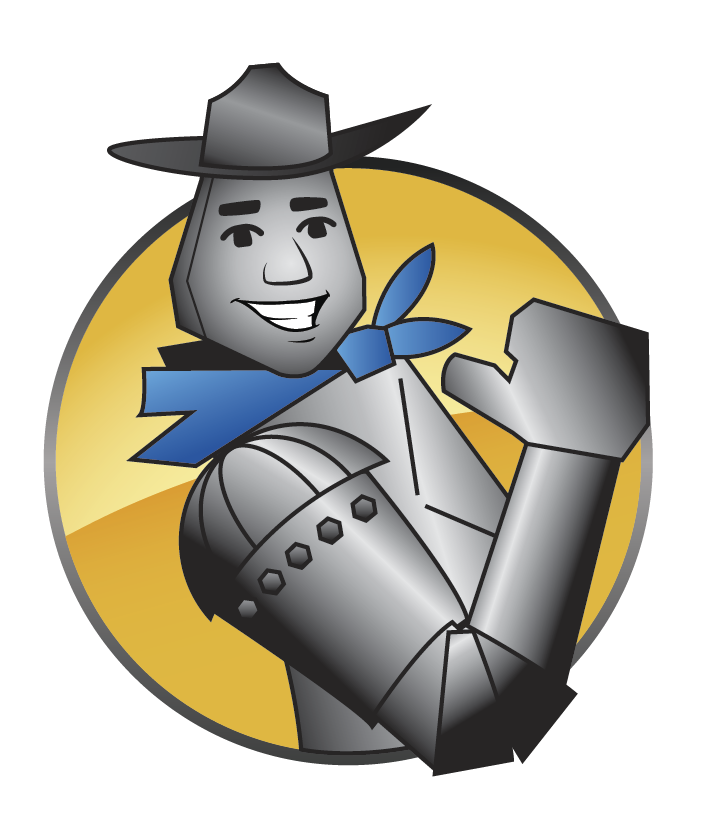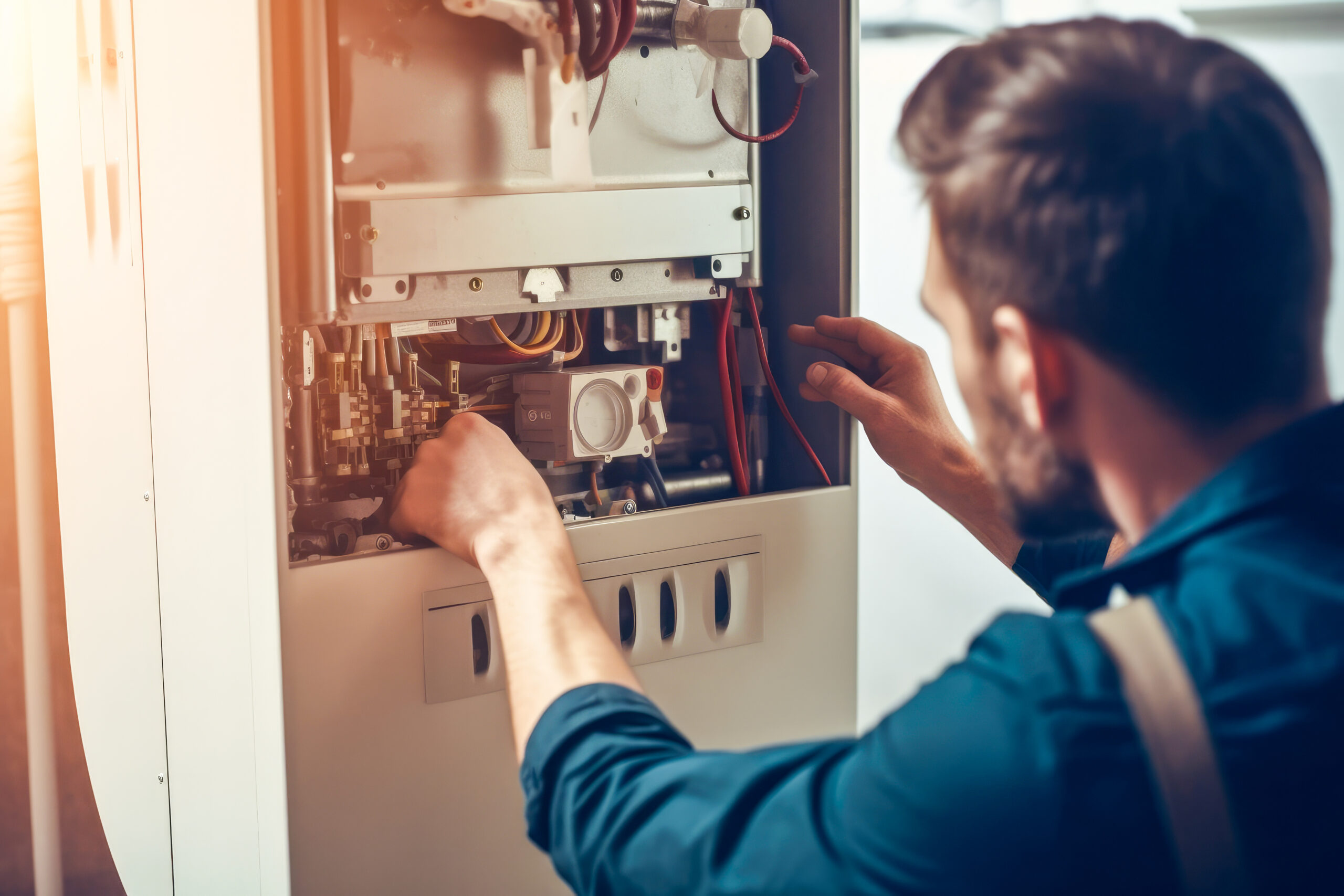Heater Installation & Replacement in Bowling Green, OH
When repairs keep stacking up, bills climb, or the heat just can’t keep up, it’s time to plan a heater replacement—not an emergency. Tin Man helps you select and install the right system for your home and our Northwest Ohio winters, whether that’s a high-efficiency gas furnace, boiler, cold-climate heat pump, or dual-fuel setup. We size it correctly, check your ductwork so every room gets warm, and install it cleanly and to code.
What you can expect: clear pricing, help with rebates/financing, fast scheduling, old-equipment haul-away, thermostat setup, and strong warranties.
Ready for reliable heat? Call Tin Man Heating & Cooling today at 419.827.5799 to get a custom replacement quote.
Schedule your service today.
Do I really need a new heater—or will a repair do?
Most homeowners have this question in mind. Here’s a practical way to decide:
-
Age + risk. Once a unit is past ~12–18 years and you’ve had two or more repairs in a season, the probability of a major failure rises sharply—especially during cold snaps.
-
Comfort you can’t fix. If back bedrooms never warm up or the system short-cycles and overshoots, you may be dealing with a unit that’s the wrong size for the house or has simply lost performance.
-
Safety flags. Yellow/unstable flames, frequent limit trips, or a cracked heat exchanger are “replace now” signs. (If a CO alarm sounds or you smell gas, get everyone outside and call the utility/911 first.)
-
Total cost rule of thumb. If repair cost × equipment age (years) > 5,000 or if a repair is >40–50% of a new system, replacement usually wins on lifetime cost and reliability.
Not sure? Call us for a consultation (it’s free!) and we’ll price repair vs. replace side-by-side so you can pick the smarter spend.
Which heating system fits your home?
Not every house—or winter—asks for the same solution. Here’s how the main options line up for Bowling Green & Wood County:
Gas Furnace (forced air)
-
Best for homes with existing ductwork.
-
Heats quickly, pairs easily with central AC.
-
Choose two-stage or variable-speed for quieter runs and steadier temperatures on windy nights.
Boiler / Radiators (hydronic)
-
Delivers quiet, even heat through baseboards or radiators.
-
Great for older homes that never felt right with ducts.
-
Upgrading controls can smooth out the “too hot / too cool” swing during freeze–thaw days.
Cold-Climate Heat Pump
-
Efficient electric heating most winter days; also your air conditioner in summer.
-
For deep freezes, add dual-fuel so the system automatically switches to the furnace when it’s truly bitter.
Ductless Mini-Split (single room or addition)
-
Solves “this room never warms up” without opening walls for ducts.
-
Perfect for finished attics, sunrooms, and garage conversions.
Not sure which route is best? We’ll walk you through the pros/cons for your layout, fuel availability, and budget—no pressure.
How we make sure it’s the right install (not just a new box)
A heater swap shouldn’t be “out with the old, in with the new.” Comfort comes from the setup, not just the equipment. Here’s how we build that into every replacement so your home actually feels better—on the worst winter days, not just the easy ones.
1) Comfort walk-through (before we talk models)
We start in your home, not in a brochure. You show us the rooms that lag, the spaces that overheat, where people actually spend time, and when the house feels the most uncomfortable. We note room uses (nursery, office, finished basement), door habits, and any “problem hour” (late night, early morning), because those details drive better decisions than specs alone.
2) Right-sizing by room, not by guess
Bigger isn’t better; right is better. We calculate how much heat each room needs based on size, insulation, windows, and exposure. That tells us the real capacity for your house—often smaller (quieter, more efficient) than the old unit—and keeps the system from short-cycling or falling behind.
3) Airflow & ductwork tune-up built into the job
If far bedrooms never warm up, a shiny new furnace won’t fix it by itself. We:
-
Check returns (many homes simply don’t have enough)
-
Look for leaks, kinks, and bottlenecks in key runs
-
Set blower speeds to match the ductwork (not just “factory default”)
-
Balance registers so each space gets its fair share of warm air
Small duct fixes often deliver the biggest comfort gains—you’ll feel this step.
4) Safety & infrastructure check
Before install day, we verify the things that make heat safe and dependable:
-
Venting: clear route, proper materials, and terminations at the right height
-
Gas/electric: correct line size, shutoffs, dedicated circuits where needed
-
Condensate/drainage: routed so winter slush doesn’t back up or freeze
-
Placement: enough service space and noise control near living areas
5) Installation day: clean, code-right, and protected
Floors covered, tools mat down, old equipment removed without a mess. We pull permits where required and follow local code so inspections go smoothly. If a project spans more than a day, we stage it so you’re not left without heat overnight.
6) Commissioning: we prove performance, not just “turn it on”
Starting the system is easy; proving it’s doing the job is the work. We document:
-
Safe starts and flame quality (furnaces/boilers)
-
Temperature rise and steady, even operation
-
Quiet, stable airflow without whistles or rattles
-
Heat pump defrost and drainage behavior in messy weather
You get plain-English results and we keep a copy for future service.
7) Controls that match how you live
Comfort isn’t just “on/off.” We:
-
Place the thermostat where it reads the space you actually occupy
-
Set schedules and simple rules (no over-heating an empty house)
-
Add zoning where it’s warranted (upstairs vs. downstairs, addition vs. main)
-
Integrate humidifiers/filtration so winter air feels better, not just warmer
8) Whole-home balance check—room by room
We don’t leave until we’ve walked the home and confirmed the rooms you care about hit and hold the target temperature. If a register needs another tweak or a return needs opening, we do it now—not after you call back.
9) Training, documentation, and an easy hand-off
We show you how to use the thermostat, where the filter goes (and the size), what noises are normal, and what to do after a heavy snowfall. You’ll get warranty info, model numbers, and simple care tips in writing.
10) Follow-up & first-season support
Two touches you’ll appreciate:
-
Post-install check-in after you’ve lived with the system a bit
-
First-season tune/inspection offer to lock in quiet, efficient operation
We also help with rebate paperwork and register your warranties.
11) Local details that matter
Around here, winter gets messy. We plan for it—raising heat-pump pads above slush lines, placing intake/exhaust where drifting snow won’t block them, and setting equipment to hold temperature when wind is up and the forecast can’t make up its mind.
Bottom line: You’re not buying a metal box—you’re buying even temperatures, quieter runs, lower bills, and a safer home. That only happens when the install is done like this, end-to-end. If you want us to review your current setup and show the gaps (and fixes), we’ll map it out and price it clearly—no pressure.
What affects the price? (and how we keep it clear)
- Equipment choice. Furnace vs. boiler vs. heat pump; standard vs. high-efficiency.
- Capacity & efficiency. The size of the system and AFUE/HSPF2 ratings influence both price and long-term operating cost.
- Home factors. Duct fixes, returns, condensate routing, venting, or pad/line-set work for heat pumps.
- Options. Smart thermostat, whole-home humidifier, filtration/IAQ, zoning.
- Incentives. We help you use utility rebates and available federal credits when applicable.
- Financing. Flexible plans so you can choose the system that actually solves the problem.
You’ll get good/better/best choices with line-item details—no surprises.
Answers homeowners usually ask (before they ask)
Can I keep my current AC if I replace my heater?
Often yes with a furnace swap. If you’re moving to a heat pump (or a different refrigerant), we’ll review compatibility and options.
Will my ducts work with a new system?
We test them. If ducts are noisy or choke airflow, we’ll recommend simple fixes—sealing, added returns, or minor resizing—so far rooms actually get warm.
Do smart thermostats really help?
They’re not magic, but better scheduling, geofencing, and clear filter reminders do save energy and headaches. We’ll match a model to your system.
How long will the new heater last?
Plan on 12–18 years with annual maintenance. We register warranties and offer maintenance plans to keep coverage active.
Can you install during winter?
Yes. We stage the job so the house isn’t without heat overnight and bring temporary heat if a project spans more than a day.
After the install: keep it humming
Annual service protects your warranty and keeps comfort steady. Our tune-ups clean the heat source, check safeties, verify airflow, and catch small issues before they become big ones. We’ll also set simple reminders—filters, outdoor vent clearance after heavy snow, thermostat schedules—so you’re set for the season.
Why Homeowners Choose Tin Man for Heater Replacement & Installation
Ready for a straightforward quote?
Get options, pricing, incentives, and timelines in one visit. Call 419.827.5799 or schedule online for heater installation and replacement in Bowling Green, Perrysburg, Findlay, Toledo, Rossford, Waterville, North Baltimore, Haskins, Weston, Pemberville, and nearby communities.

